Electrical discharge machining of stainless steel is a type of electrophysical metal processing. It is characterized by the fact that the change in shape, size and surface quality of the stainless metal blank, which is conductive, occurs under the action of electrical (spark or arc) discharges.
Electrical discharge machining is a technology that offers great flexibility, allowing the production of very complex parts and the perfect shape of all types of metal.
Electrical discharge machining (EDM) is a high-precision process used to machine leading materials, including stainless steel. This method allows for the creation of complex geometry parts with high precision and surface finishes that are not possible with traditional machining methods.
Electrical discharge machining is used in various industries to produce parts that require extreme precision. For example, it plays an important role in the creation of machine parts in the aerospace and defense industries. It can be used to create small and precise medical devices and components, such as various surgical instruments. In the automotive sector, this procedure is used to develop engine components, transmission parts, etc. Electrical discharge machining also plays a vital role in creative industries, such as fine jewelry making, which requires high precision and attention to detail. Finally, it can be used to make tools.
How EDM works
EDM is based on the phenomenon of electrical erosion. An electrical discharge is created between the tool electrode and the workpiece, which leads to local melting and evaporation of the material. Due to the multiple repetition of discharges, the material is gradually removed from the surface of the workpiece along a given trajectory.
The process is as follows:
- Creating an electrical discharge: an electrical discharge is created between the electrode (tool) and the workpiece. The electrode is usually made of copper or graphite and has a shape that matches the contour of the future part.
- Ionization of the dielectric: under the influence of an electric field, the dielectric (water, oil) located between the electrode and the part is ionized.
- Erosion occurs: a series of short electrical discharges occur between the electrode and the part. Each discharge creates a high temperature in the contact zone, which leads to evaporation and melting of the particles of the part material.
- Material removal: evaporated and melted material particles are removed from the dielectric treatment area.
- Electrode movement: to obtain the desired shape of the part, the electrode moves relative to the part at a given speed and trajectory.
Electrical discharge machining is a multi-stage process. It includes the following steps:
- Preparing the workpiece: the workpiece is secured and prepared for electrical discharge machining.
- Electrode Installation: electrodes are made from leading materials and designed according to the shape of the final product.
- Using electrical discharge oil: both the piece of metal and the electrode are immersed in a special oil. It acts as a kind of insulation, increasing the electrical discharge.
- Electric discharge: a high-frequency electric discharge is created between a piece of metal and an electrode. It causes a spark, and its energy melts the required part of the workpiece.
- Electrode movement: the electrode always moves along the workpiece. During the process, a spark removes excess material. This is how the final product comes out.
- Removal of debris: the dielectric fluid, or so-called oil, washes away debris. Thus, the working area remains free of any contamination.
- Finishing the product: After the EDM process is completed, the workpiece may require additional finishing such as grinding or polishing.
Types of machines used for electrical discharge machining of stainless steel
Electrical discharge machining is a high-precision metalworking process that allows for the creation of complex shapes and patterns. That is why it requires high-precision machines. Here are some of them:
Electrical discharge machines
Electrical discharge machines are used to cut and shape metal. They produce highly accurate and detailed shapes of metal parts. That is why they are often used in sectors that require high precision, such as aerospace, medicine and electronics.
Electrical discharge machines can be used on a wide range of metals, including hard metals that are difficult to machine with conventional tools. However, because the EDM process is time-consuming and can be expensive, it is typically used for low-volume applications.
Wire electric discharge machines
Wire EDM machines are specialized machines that use electrical energy to cut metal. They are typically used to cut complex shapes in metal, including those with tight tolerances. They are often used to cut hard, difficult-to-machine materials such as tool stainless steel, titanium, and high-strength alloys.
However, their wire electrodes need to be constantly replaced, which increases the cost and time required for each operation. Therefore, they are often used exclusively for high-precision operations.
Submersible rotor electrical discharge machines
They are typically used to cut metal parts into specific shapes. Like any other type of EDM, submersible EDM machines require the workpiece and the tool electrode to be immersed in a dielectric fluid. An electrical discharge is then applied. The electrical discharge helps to shape the workpiece into the desired shape.
Electrical discharge machines for drilling holes
EDM machines for drilling holes are specialized equipment in which the electrode is located vertically above the workpiece. An electric discharge occurs between the electrode and the piece of metal, creating a precise hole in it.
EDM hole drilling machines are commonly used to drill precise holes in metal components, especially in industries such as aerospace, medical device manufacturing, and automotive. They can be used for machining hard metals such as stainless steel. Another advantage of these machines is that the electrode can be used repeatedly, which reduces the overall cost of the machining process.
However, it should be remembered that the process of drilling holes using EDM machines is complex and relatively expensive. The surface around the drilled hole may be rough and will require additional finishing.
Lubricant requirements for the electrical discharge machining process
Lubricants used for EDM are called dielectric fluids or olives. These lubricants must meet certain requirements to be effective and safe to use. Some requirements include thermal stability, chemical stability, low electrical conductivity, low viscosity, low volatility, and a flash point above 100 ºC.
What are dielectric oils?
Dielectric oils are a type of insulating fluid used in electrical systems. Their primary role is to prevent electrical current from passing through the lubricant. They also provide improved protection against electrical breakdown.
Dielectric oils are commonly used in high-voltage environments such as transformers and capacitors. In addition to their use in electrical equipment, dielectric oils also play an important role in metalworking operations, including electrical discharge machining. Their job is to serve as insulation and also remove debris from the system. The oil helps maintain the electrical discharge, cool the electrode and workpiece, and remove erosive material.
Some of the most common properties of dielectric oils are:
- High dielectric strength;
- High electrical resistance;
- Good thermal stability;
- Low volatility;
Advantages and disadvantages of electrical discharge machining (EDM) of stainless steel
Advantages:
- High precision: the ability to obtain complex geometric shapes with high dimensional accuracy and surface finish.
- Versatility: suitable for processing materials of any hardness, including hardened stainless steel.
- No mechanical impact: the electrode does not come into direct contact with the workpiece, which eliminates deformation and work hardening of the surface.
- Possibility of processing thin-walled parts: due to the local nature of the discharge, it is possible to process parts with complex internal geometry.
- No thermal impact on the cutting zone: allows processing of heat-sensitive materials and parts with deposited hard alloys.
- Possibility of processing electrically conductive non-metallic materials: in addition to metals, EDM is used to process graphite, ceramics and other materials.
Flaws:
The main disadvantages of electrical discharge machining of stainless steel:
- Low processing speed: compared to traditional machining methods such as milling or turning, EDM is a slower process. This is due to the pulse-by-pulse removal of material.
- High cost: EDM equipment and consumables (electrodes, dielectric) are quite expensive. In addition, the process requires qualified personnel.
- Limited geometric capabilities: although EDM can machine complex shapes, there are certain limitations regarding the minimum corner radius and cavity depth.
- Surface damage: during the process, microcracks, burrs and other damage may form on the surface of the part. This may require additional processing to achieve the required surface quality.
- Environmental impact: electrical discharge machining produces steam, aerosols and small metal particles that can pollute the environment. Cleaning and ventilation systems are required.
- High thermal loads: during the process, a significant amount of heat is released, which can lead to a change in the structure of the material in the processing area and, as a result, to a decrease in its strength.
- Workpiece size limitations: not all parts can be processed using electrical discharge machining due to the limited working space of the machine.
Applications of EDM for stainless steel:
- Die making: creating complex dies for hot and cold stamping.
- Complex contour cutting: cutting holes, grooves and other complex shapes.
- Medical industry: manufacturing implants and surgical instruments.
- Aviation industry: manufacturing engine parts and other components.
- Watch industry: manufacturing small parts with high precision.
Factors affecting the quality of processing:
- Workpiece material: the chemical composition and structure of the material affect the processing speed and surface quality.
- Electrode: the material, shape and size of the electrode determine the processing accuracy.
- Dielectric: the type of dielectric affects the stability of the process and the surface quality.
- Operating mode: the parameters of the electric discharge (voltage, current, frequency) determine the processing speed and surface roughness.
Types of electrical discharge machining:
- Wire EDM: used to cut complex contours and obtain precise geometric shapes.
- Piercing EDM: used to make holes of different diameters and depths.
- Surface EDM: used for surface treatment, such as polishing or relief.
Wire electroerosion
Wire EDM is a high-precision technological process used to cut complex contours and parts from leading materials, such as stainless steel, metals and some types of graphite. This method is based on the erosive action of electric discharges between the metal wire and the processed workpiece.
Principle of operation
- Electric discharge: an electric current passes between the wire and the workpiece, creating a series of short electric discharges.
- Erosion of material: each discharge evaporates a small amount of material from the workpiece, forming the necessary contour.
- Wire feed: the wire is constantly fed into the discharge zone, compensating for wear and maintaining a constant distance between the wire and the workpiece.
Wire electroerosion is an irreplaceable technological process in modern production, which allows solving the most complex tasks of metal processing with high accuracy and quality.
Piercing electroerosion
Piercing EDM is a high-precision metalworking method used to create holes of varying diameters and depths in solid materials. The process is based on the use of electrical discharges between a thin wire electrode and the workpiece, immersed in a dielectric liquid.
Piercing EDM is used in various industries such as aircraft manufacturing, microelectronics, medicine, etc. It is used to manufacture stainless steel parts that require high precision and cleanliness, such as holes for fasteners, threads, etc.
Operating principle:
- Electrical discharge: an electrical discharge is created between the wire and the part, which causes local melting and evaporation of the material.
- Wire movement: the wire moves along a given trajectory, gradually penetrating the material and forming a hole.
- Dielectric liquid: the liquid cools the wire, removes wear products and isolates electrical discharges between other areas.
Piercing electrical discharge machining is an indispensable method for processing stainless steel with high precision and complex geometry. Due to its advantages, this method is widely used in various industries.
Surface EDM
Surface electrical erosion is a high-precision technological process based on the use of electrical discharges to remove material from the surface of conducting objects. It is widely used in industry for the manufacture of parts of complex geometry, the processing of hard alloys and the creation of microstructures.
Operating principle
Surface electrical erosion is based on the phenomenon of electrical breakdown of a dielectric (usually distilled water or oil) between the tool electrode and the workpiece. When high voltage is applied between the electrodes, a spark discharge occurs, melting and evaporating a small volume of material from the surface of the part. Repeated discharges allow the necessary surface profile to be gradually formed.
Thanks to the constant development of technologies, surface electrical discharge machining continues to improve. New types of electrodes, more efficient dielectrics and process control systems are being developed. This allows for the expansion of the scope of application of surface electrical discharge machining and its increased efficiency.
Conclusion
Electrical discharge machining is an indispensable technological process for processing stainless steel. It allows solving complex engineering problems and producing parts with high precision and quality.
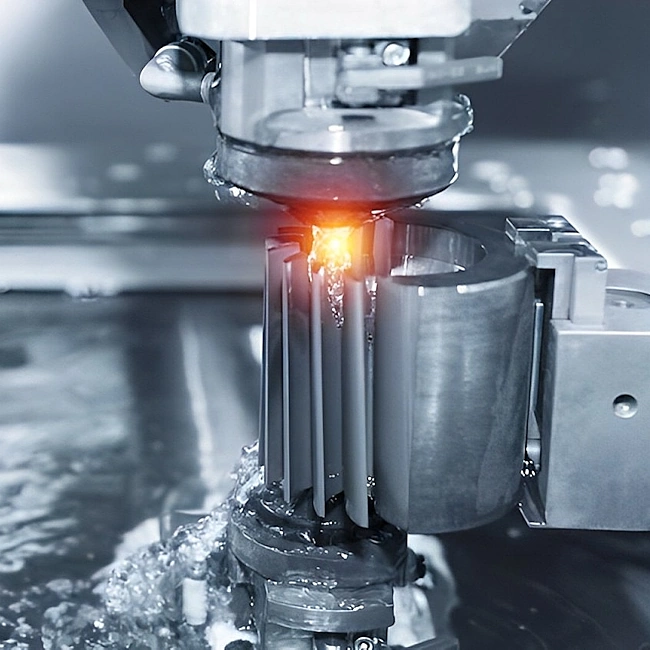
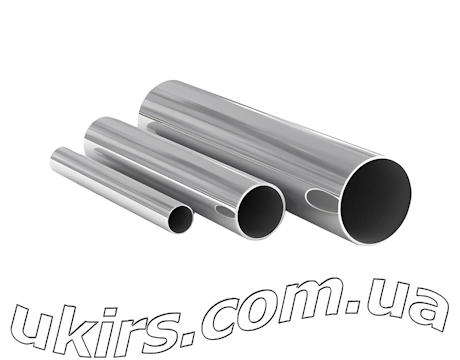 Stainless Steel Round Pipe
Stainless Steel Round Pipe 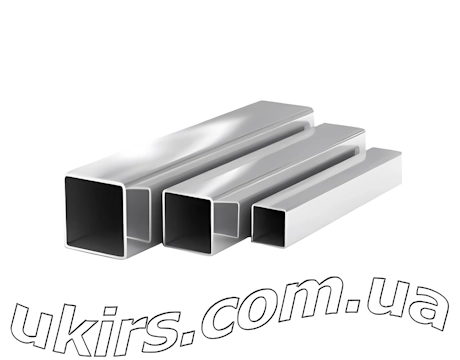 Stainless Steel Square Pipe
Stainless Steel Square Pipe 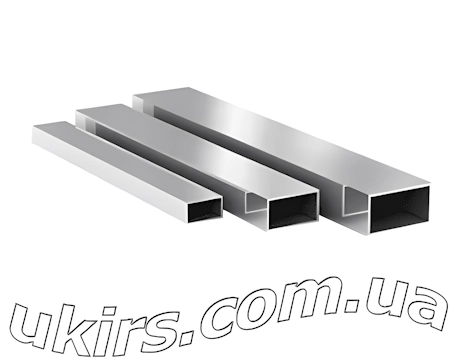 Stainless Steel Rectangular Pipe
Stainless Steel Rectangular Pipe 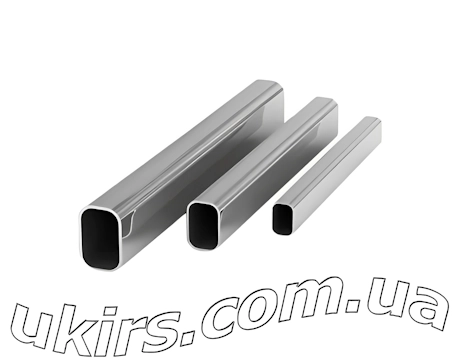 Stainless Steel Oval Pipe
Stainless Steel Oval Pipe 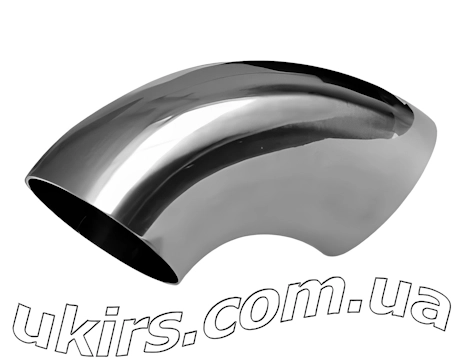 Stainless Steel Elbow
Stainless Steel Elbow 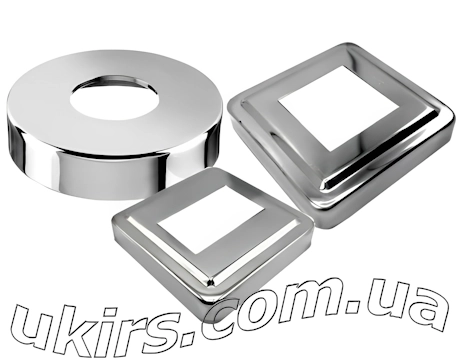 Stainless Steel Decorative Cover
Stainless Steel Decorative Cover 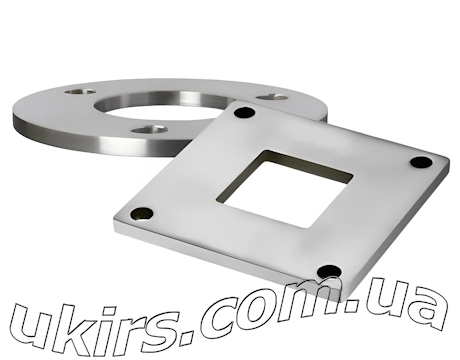 Stainless Steel Flange
Stainless Steel Flange 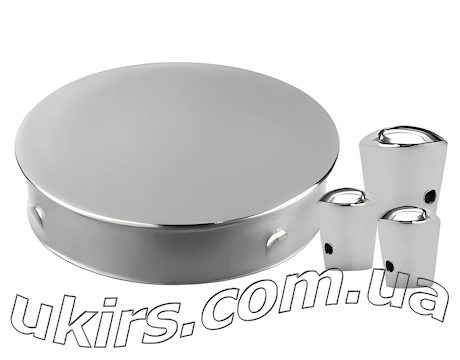 Stainless Steel Plug / Cap
Stainless Steel Plug / Cap 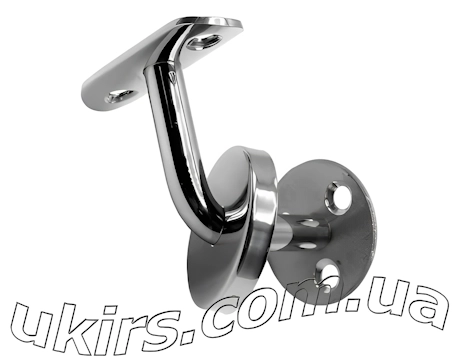 Stainless Steel Handrail Holder
Stainless Steel Handrail Holder